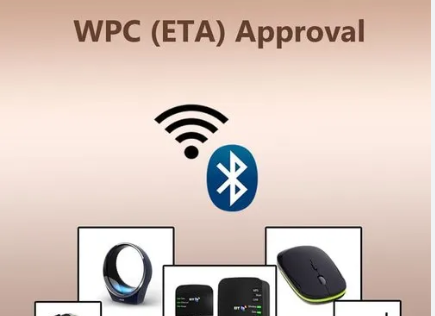How WPC Certification Ensures the Safety and Quality of Wireless Devices
Wireless devices have become an integral part of our lives, revolutionizing the way we communicate and interact with the world. From smartphones to smart home devices, the demand for wireless technology continues to grow rapidly. However, with the increasing number of wireless devices in the market, ensuring their safety and quality has become a paramount concern. This is where WPC certification plays a crucial role. In this article, we will explore how WPC certification ensures the safety and quality of wireless devices.
In this digital age, wireless devices have become ubiquitous, enabling seamless connectivity and communication. However, with the multitude of wireless devices flooding the market, it is essential to ensure that these devices meet stringent safety and quality standards. This is where WPC certification comes into play.
What is WPC Certification?
WPC (Wireless Power Consortium) certification is a globally recognized standard that ensures the safety, interoperability, and efficiency of wireless charging devices. The WPC is an industry alliance comprising leading technology companies, manufacturers, and regulators working together to define and promote wireless charging standards.
Importance of WPC Certification
WPC certification holds immense importance for both manufacturers and consumers of wireless devices. It ensures that wireless devices meet specific criteria and adhere to international standards, guaranteeing their safety and quality.
Ensuring Compliance with International Standards
WPC certification ensures that wireless devices comply with international standards set by regulatory bodies. These standards encompass various aspects such as electromagnetic compatibility, radio frequency emissions, safety, reliability, and performance. By adhering to these standards, manufacturers can demonstrate the quality and safety of their wireless devices.
Testing and Validation Process
To obtain WPC certification, wireless devices undergo a rigorous testing and validation process. This process includes several key tests to evaluate the device's electromagnetic compatibility, radio frequency emissions, safety features, reliability, and overall performance.
Electromagnetic Compatibility (EMC) Testing
EMC testing is conducted to assess the device's ability to operate without causing electromagnetic interference or being affected by external electromagnetic sources. It ensures that wireless devices can function reliably in various environments without disrupting other electronic devices.
Radio Frequency (RF) Testing
RF testing measures the device's radio frequency emissions to ensure they are within acceptable limits. Excessive RF emissions can interfere with other wireless devices and networks, leading to connectivity issues and potential safety hazards. WPC certification ensures that wireless devices adhere to these emission standards.
Safety Testing
Safety testing is a critical aspect of WPC certification. It assesses the device's design, construction, and safety features to mitigate potential risks such as overheating, electrical hazards, and fire hazards. By obtaining WPC certification, manufacturers demonstrate their commitment to producing safe wireless devices.
Reliability and Performance Testing
Reliability and performance testing evaluate the wireless device's durability, functionality, and efficiency. These tests assess factors such as charging speed, charging efficiency, and overall performance under different usage scenarios. WPC certification ensures that wireless devices deliver reliable and consistent performance.
Benefits of WPC Certification
Obtaining WPC certification offers numerous benefits for both manufacturers and consumers of wireless devices.
Confidence in Product Quality
WPC certification instills confidence in the quality and reliability of wireless devices. Consumers can trust that certified devices meet stringent safety and performance standards, ensuring a superior user experience.
Enhanced Safety Standards
WPC certification guarantees that wireless devices undergo comprehensive safety testing, minimizing the risk of electrical hazards, overheating, and other safety concerns. Users can confidently use these devices without compromising their well-being.
Global Market Access
WPC certification enables manufacturers to access global markets seamlessly. With certification, wireless devices can be marketed and sold internationally, expanding their reach and potential customer base.
Building Trust with Consumers
Certified wireless devices carry the WPC logo, indicating their compliance with industry standards. This logo acts as a symbol of trust, assuring consumers that the device has undergone rigorous testing and meets the highest quality and safety benchmarks.
Conclusion
WPC certification plays a vital role in ensuring the safety and quality of wireless devices. By adhering to international standards and undergoing rigorous testing, certified devices provide consumers with reliable, efficient, and safe wireless experiences. With the rapid growth of wireless technology, WPC certification is more important than ever to maintain high standards in the industry.



Comments
Post a Comment